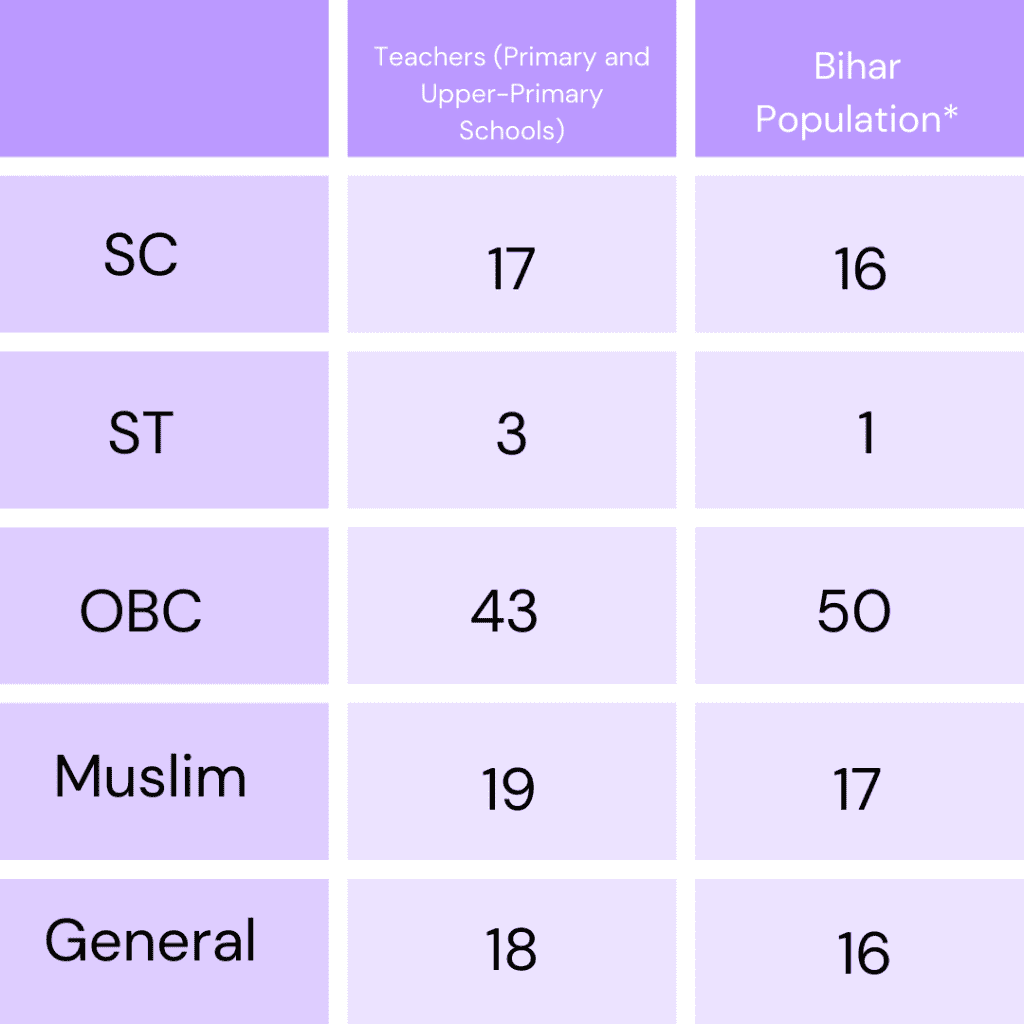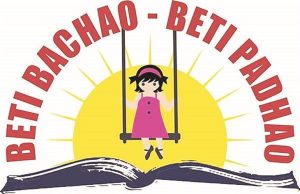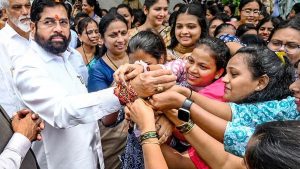[Readmelater]
More Women, Marginalised Community Teachers In Bihar’s Public Schools. But The Good News Ends There
Only 20% of students attend primary schools in Bihar’s Araria and Katihar districts, revealing a grim post-pandemic state of government schools.

An empty classroom in Bihar/ Paran Amitava
Support BehanBox
We believe everyone deserves equal access to accurate news. Support from our readers enables us to keep our journalism open and free for everyone, all over the world.





